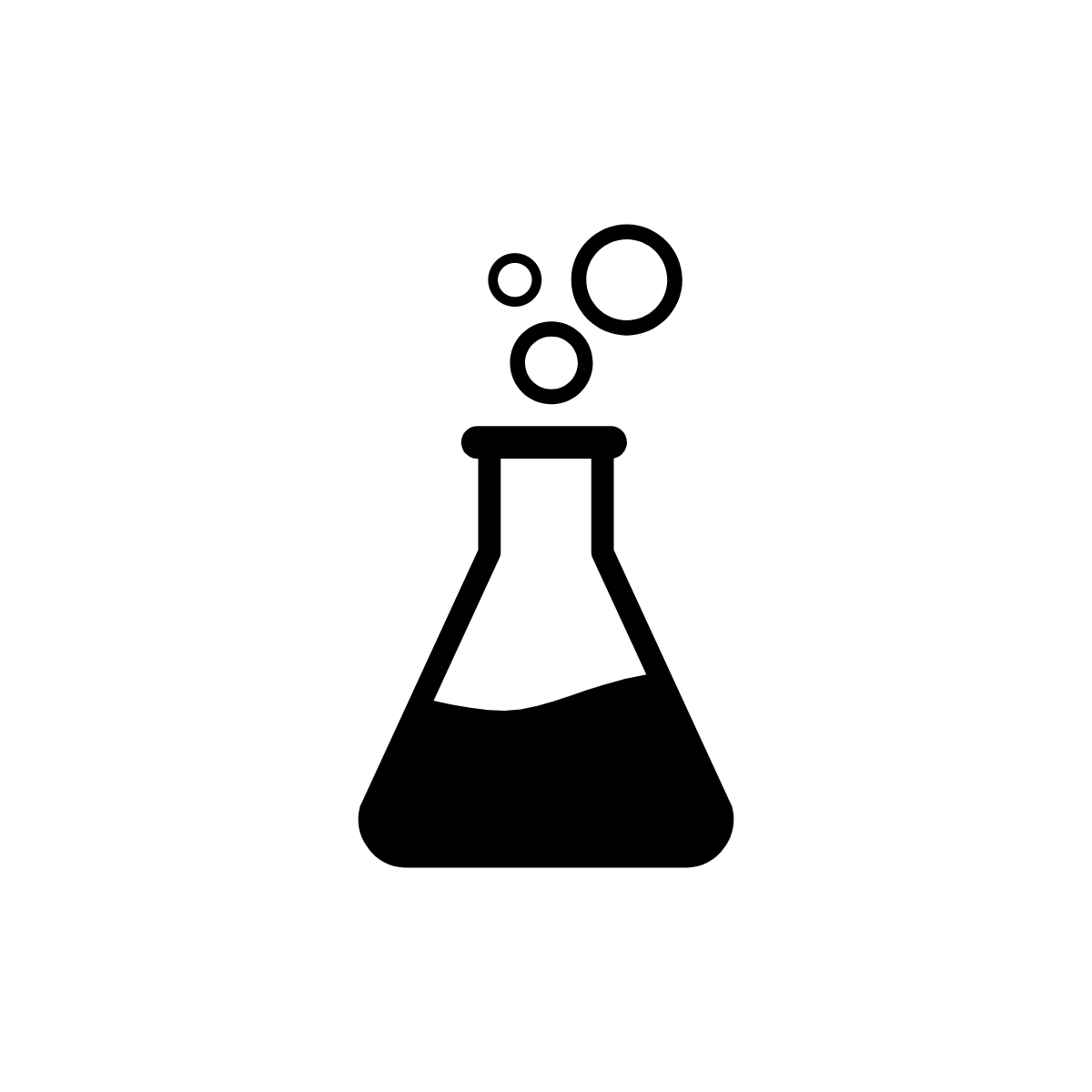from NIST presentation April 8, 2022 by Melissa McCartney:
Primary Scientific Literature in the Classroom: a great idea in theory but how do we assess student learning?
Some tip sheets
“How to read and understand a scientific paper.”
<http://violentmetaphors.com/2013/08/25/how-to-read-and-understand-a-scientific-paper-2/>
.pdf version here: How to read and understand a scientific article.pdf-10nm50a
“How to read a scientific article“: by Dr. Purugganan and Dr. Hewitt – students like that it helps them look for clue words.
How to (seriously) read a scientific paper – from the folks at Science
reading for graduate students:
especially Sink or swim – use the “SQ3R method: Survey, question, read, recite, review.” I also liked some of these suggestions.
and commit to 3-5 strategies
Additional sources from NIST chat:
Round, J. E., & Campbell, A. M. (2013). Figure Facts: Encouraging Undergraduates to Take a Data-Centered Approach to Reading Primary Literature. CBE—Life Sciences Education, 12(1), 39–46. https://doi.org/10.1187/cbe.11-07-0057
Overview: How Scientists Read: https://biology.kenyon.edu/Bio_InfoLit/how/index.html
More:
- Greenhalgh T. How to read a paper. Getting your bearings (deciding what the paper is about). BMJ. 1997;315(7102):243–6. Available at: https://www.ncbi.nlm.nih.gov/pmc/articles/PMC2127173/ Accessed January 21, 2014.
- And this article as well: Krontiris-Litowitz, J. (2013). Using Primary Literature to Teach Science Literacy to Introductory Biology Students. Journal of Microbiology & Biology Education : JMBE, 14(1), 66–77. http://doi.org/10.1128/jmbe.v14i1.538
-
CREATES. a set of 6 steps that help you read, analyze, and understand the narrative of scientific papers.
from https://uclalibrary.github.io/creates/
AZK slides for an in-class version of how to read an article using zoom and breakout rooms.
initially Published on: Mar 6, 2014 at 19:21, revised in 2020 and 2022.
